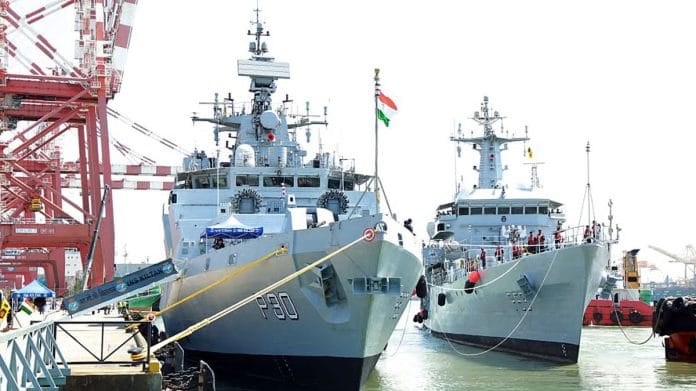New Delhi: The Indian Navy is gearing up for the trials of what will be its first indigenously-developed, ocean-going multirole unmanned surface vessel (USV) for surveillance and minesweeping.
The USV is conceptualised for maritime intelligence gathering, surveillance and reconnaissance.
Indian Navy sources said the boat would be 15-metres long and would have a maximum speed of more than 30 knots. It will function autonomously with a “static and dynamic” obstacle collision avoidance system.
ThePrint has learnt that the boat was jointly designed and developed by the Weapon and Electronic Systems Engineering Establishment (WESEE) and Bharat Electronic Ltd (BEL), along with Goa Shipyard Ltd (GSL).
The boat, which is already manufactured, was to go for trials in June from Goa to Mumbai, but due to the Mumbai rains, the trials will now take place in November.
Sources said, “The boat will be capable of navigating autonomously in dense maritime environments. It operates on a computer-based software algorithm. The ship will be equipped with an Artificial Intelligence (AI)-driven situational awareness.”
It will be equipped with various types of sensors such as LiDAR, Radar, electro-optic cameras, AIS, and GPS.
As of now, the ship has got the engine through an Indian vendor, but it has been manufactured abroad. The boat has two 500 bhp diesel engines along with waterjet propulsion.
Sources added there would be a wireless link to the remote-control station for man-in-the-loop operations, meaning that it can operate without a human on board.
On whether the boat would be used for offensive missions, the source said: “You have to build up capability first and you can tweak it depending on situations. World over, as of now, no country uses their autonomous vessels for offensive missions.”
Also read: 45 yrs since founding, Navy’s engineering establishment WESEE works on next-gen combat system






